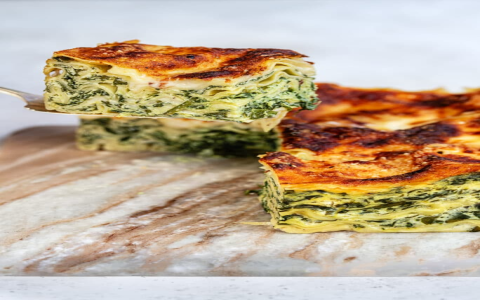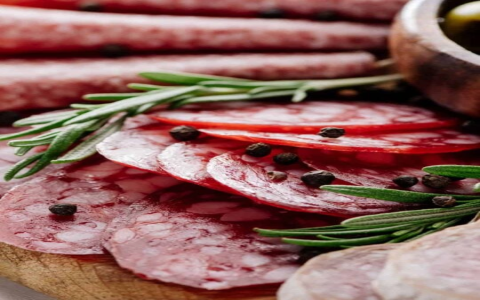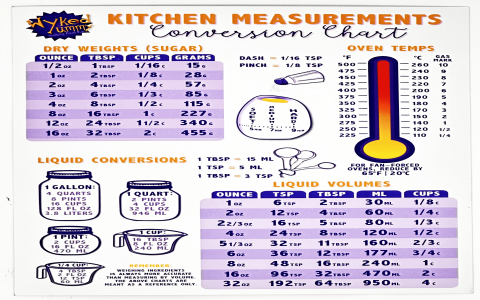Does Old CorningWare Have Lead? A Closer Look at Safety and Vintage Cookware
For many home cooks and vintage enthusiasts, old CorningWare pieces evoke nostalgia and fond memories of family gatherings and delicious meals. However, amidst the appreciation for these classic dishes arises an important question: Does old CorningWare contain lead? Understanding the safety of such ceramics is crucial for ensuring the well-being of those who use them in their kitchens.
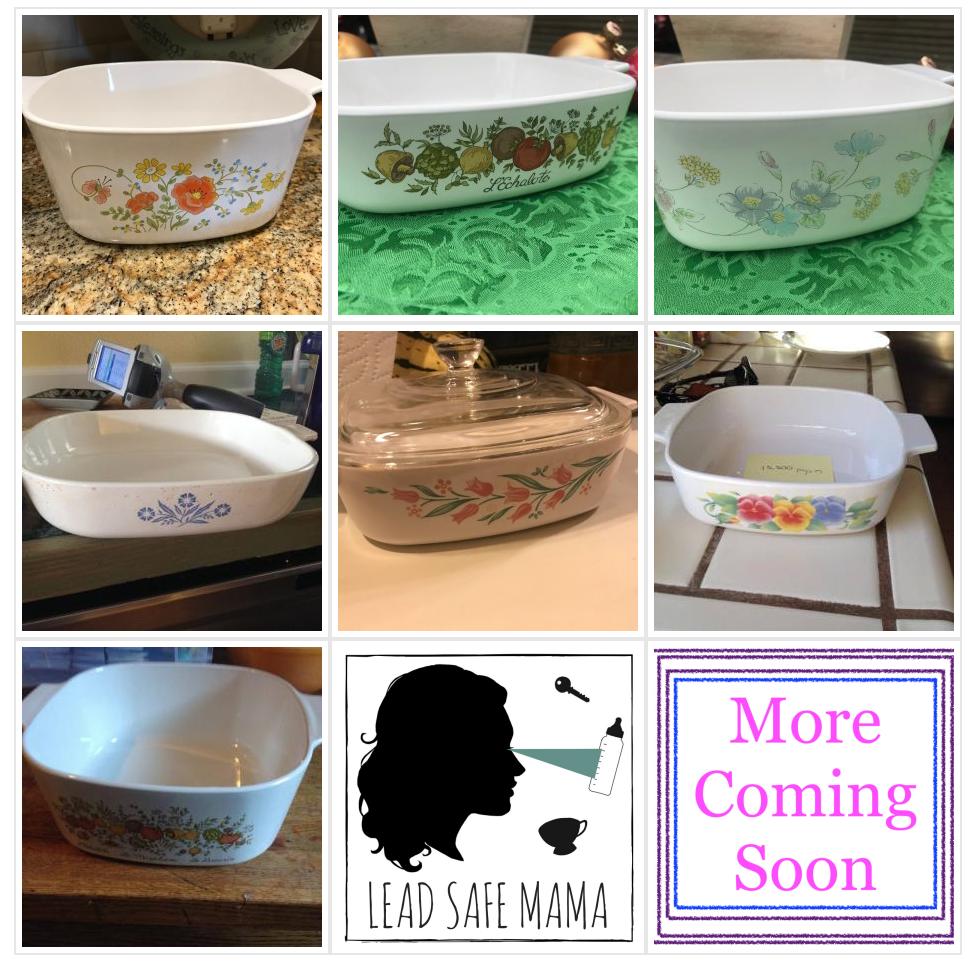
To explore this question, it’s essential to delve into the materials and manufacturing processes employed by CorningWare during its early production years. Introduced in the 1950s, CorningWare is renowned for its durable, oven-safe glass-ceramic technology. The original line featured a variety of colors and patterns, with many pieces becoming highly collectible over time. Unfortunately, some of these older items may have been produced with ingredients that could potentially contain lead, especially in the decorative glazes used on the outer surfaces.
Lead was commonly used in ceramics during the mid-20th century as a pigment and to enhance the durability and finish of the glaze. While the use of lead in kitchenware has been heavily regulated in many countries, including the United States, prior to these regulations, certain vintage cookware items might have been coated with leaded glazes. This raises legitimate concerns for those considering the safety of their cherished CorningWare pieces.
The lead content in vintage CorningWare can vary significantly from piece to piece. Certain patterns, notably those with bright, vivid colors or intricate designs, may pose a higher risk due to the potential use of lead in their production. In contrast, items without decorative glazes or those that have a simpler, unpainted design are less likely to contain lead.
To address the safety concerns regarding lead exposure, many experts recommend performing a simple test. Lead test kits, available at most hardware or craft stores, can provide peace of mind by detecting the presence of lead in both the glaze and the surface of the cookware. Simply following the manufacturer’s instructions allows users to assess whether a particular piece is safe for food use.
If a beloved piece of CorningWare tests positive for lead, it’s crucial to take precautions. While occasional use may not pose a significant risk, it’s advisable to limit the use of such cookware for food preparation or storage. Instead, consider repurposing these items for non-food-related uses, such as decorative displays or plant pots. Preserving the integrity of family heirlooms while ensuring the safety of those who gather around the dinner table is often a delicate balance.
In the age of health consciousness and consumer awareness, many people are seeking alternatives to vintage cookware that might contain lead. Luckily, modern CorningWare products are produced under strict regulations with a commitment to safety. The best practice is to look for pieces labeled as lead-free when considering new purchases.
Additionally, awareness about vintage kitchenware safety has grown over the years, prompting organizations and advocacy groups to inform consumers about the potential risks associated with lead in ceramics. The importance of educating oneself on the subject cannot be overstated, as knowledge empowers individuals to make informed decisions about their kitchenware.
While the allure of collecting vintage items remains strong, it raises an important discussion about safety versus sentiment. Some collectors choose to embrace their passion while ensuring that they adhere to guidelines for safe usage, seeking out reliable information and resources regarding the safety of their treasured cookware. For those who regularly use their CorningWare, understanding the history and potential hazards fosters a responsible appreciation of these historical culinary artifacts.
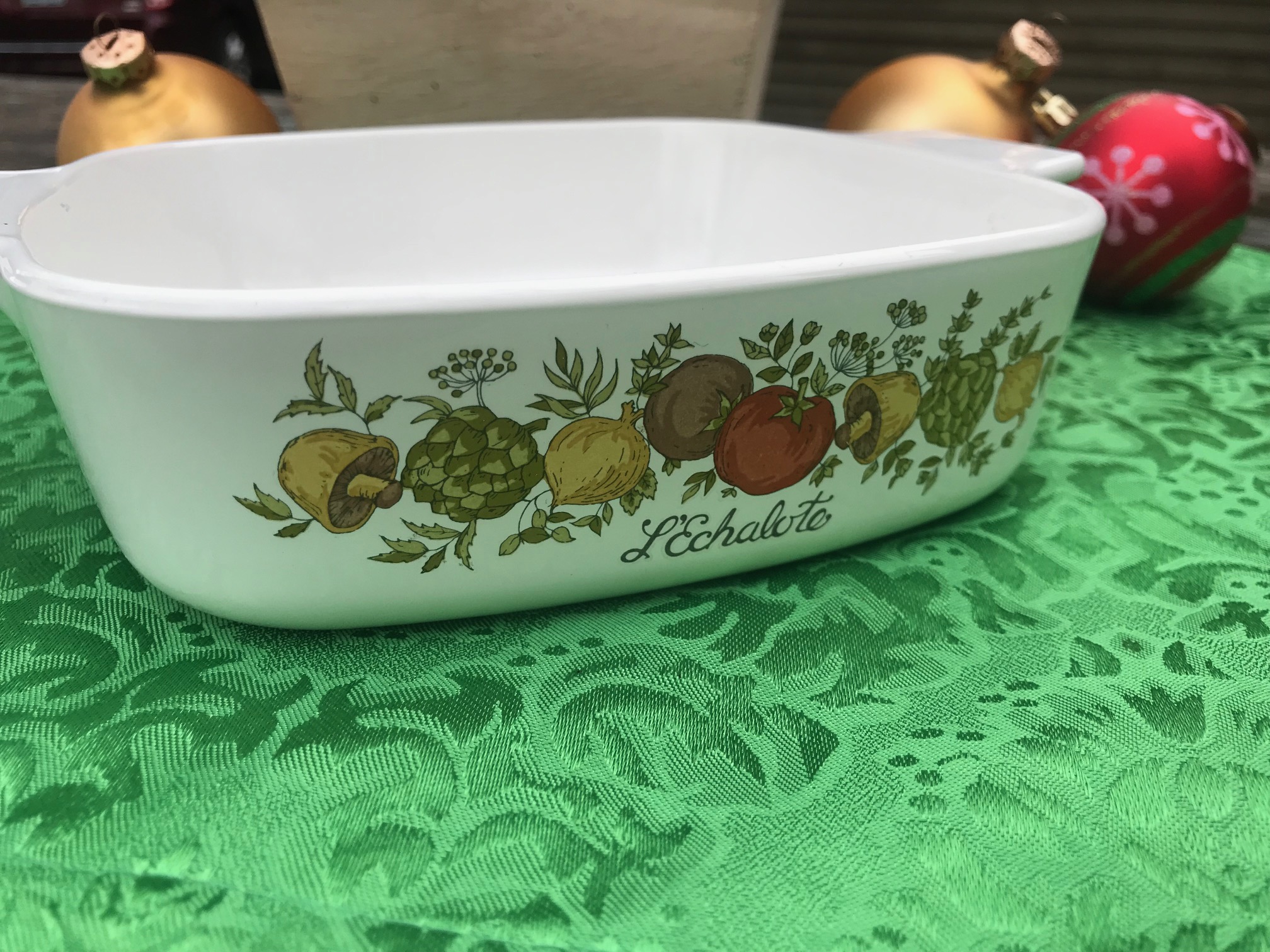
Ultimately, the question of lead in old CorningWare is one that intertwines memories, aesthetics, and health concerns. It emphasizes the need for ongoing education as enthusiasts navigate the complexities of vintage kitchenware. As the conversation continues, ensuring that nostalgia does not come at the expense of health is a priority that resonates with both collectors and everyday cooks alike.

